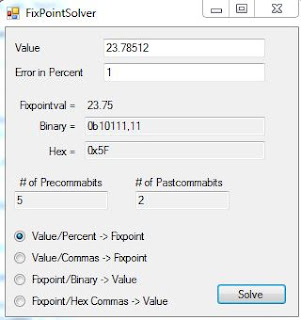Iterative Radix2-FFT on FPGA

Hey, so now I'm ready with my first FFT Implementation. Like I mentioned in my earlier Post I want to implement a Iterative Radix2 FFT Algorithm. You can see a Pseudocode on Wikipedia: https://en.wikipedia.org/wiki/Cooley%E2%80%93Tukey_FFT_algorithm#Data_reordering,_bit_reversal,_and_in-place_algorithms I compared it with a C++ Implementation of it and it's relative exact. With relative I mean that there are rounding Errors in it or Overflow Errors I don't exactly know. The Picture of the Simulation Shows just the Imaginary Part. The Real Part is nearly 0 that means it's about -1 and 1. Calculation Times@100Mhz Input Clock are about 56µs@128Samples and 23µs@64Samples . So it's not a pretty fast Implementation and it's not really resource efficient I think. It would be also possible to work with lower Resolution actually I'm using 64bit Fixed Point Numbers (EN25_39). Resource Usage at 128Samples is: Slice LUT's -> 18988 (29.95%...



